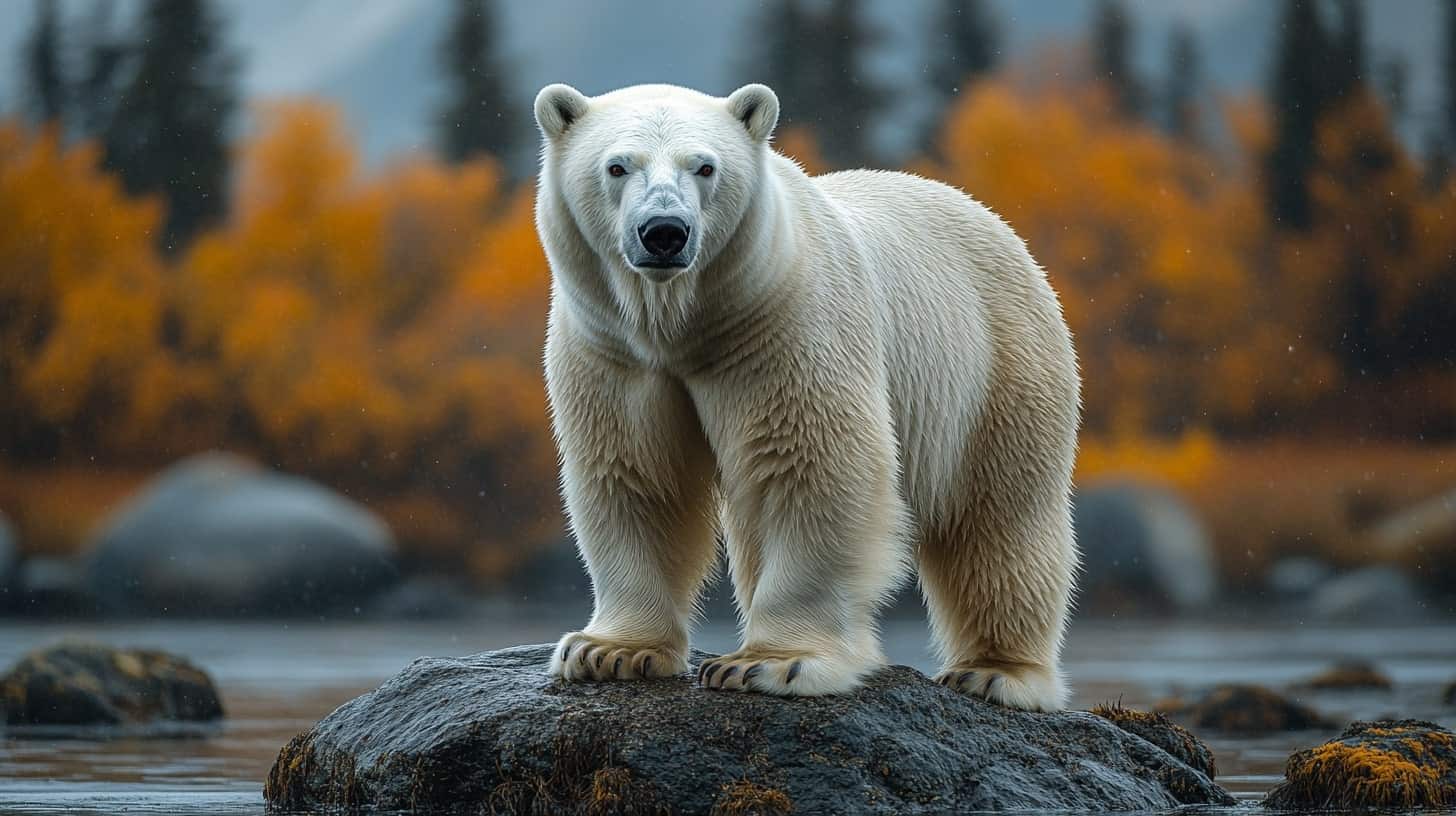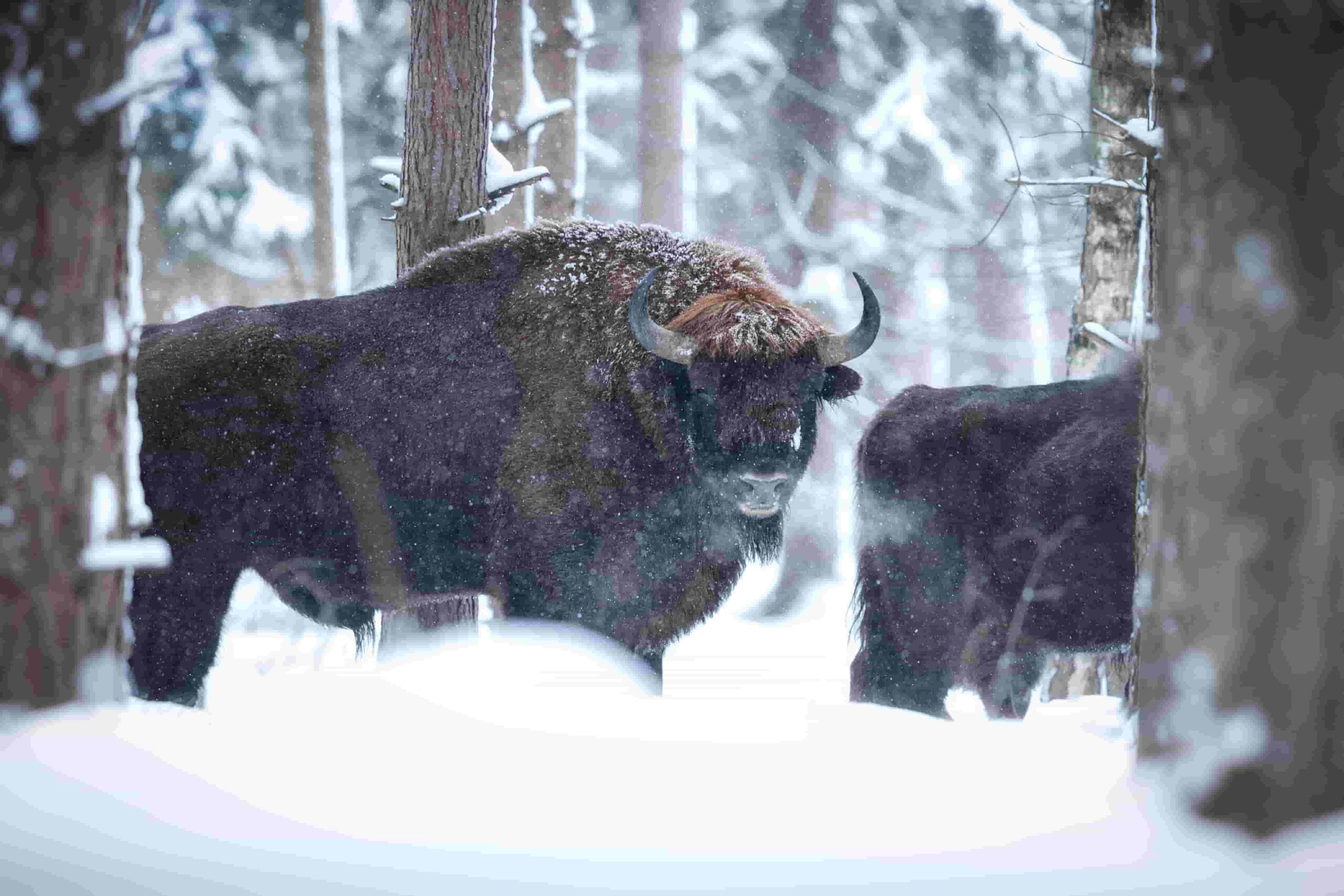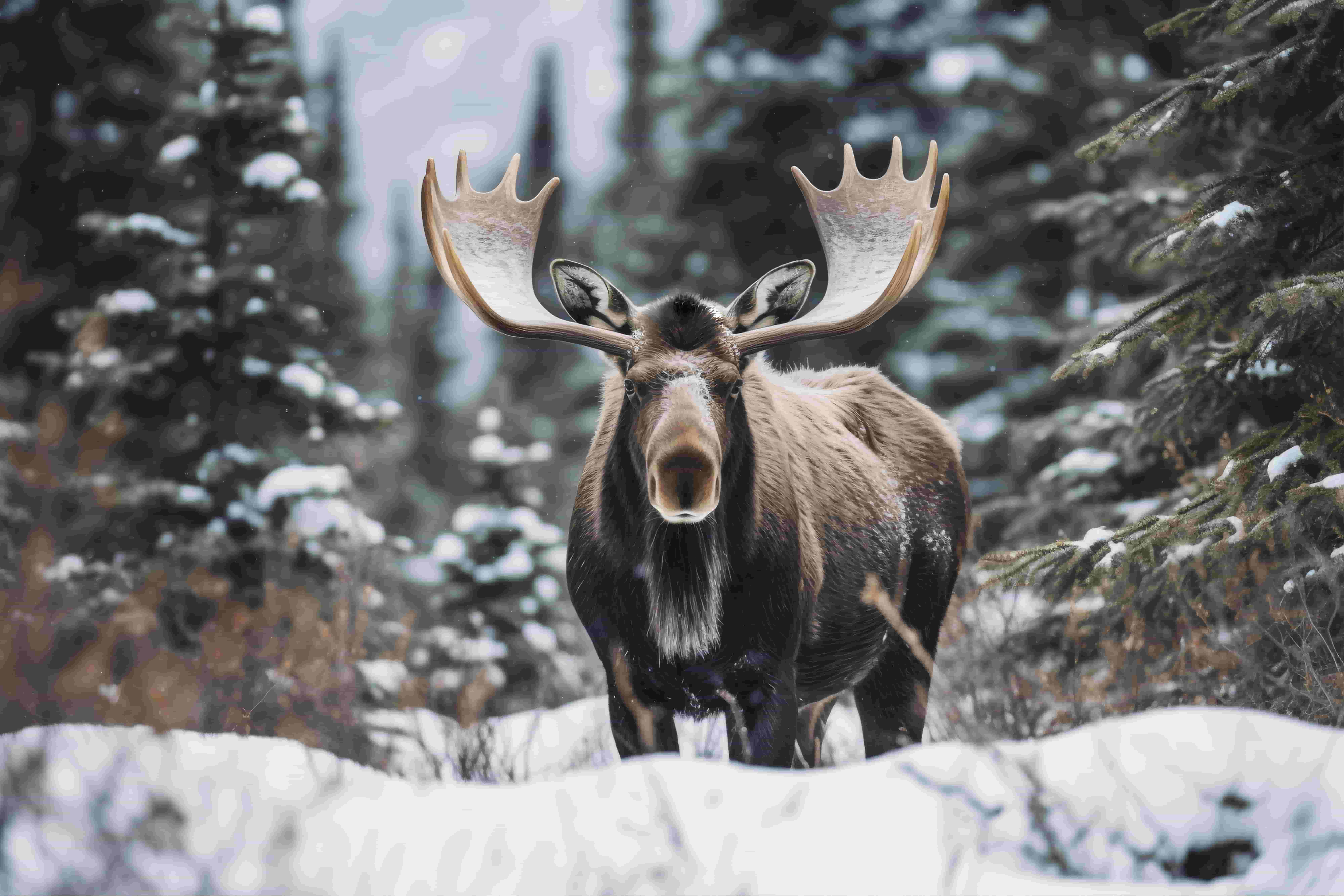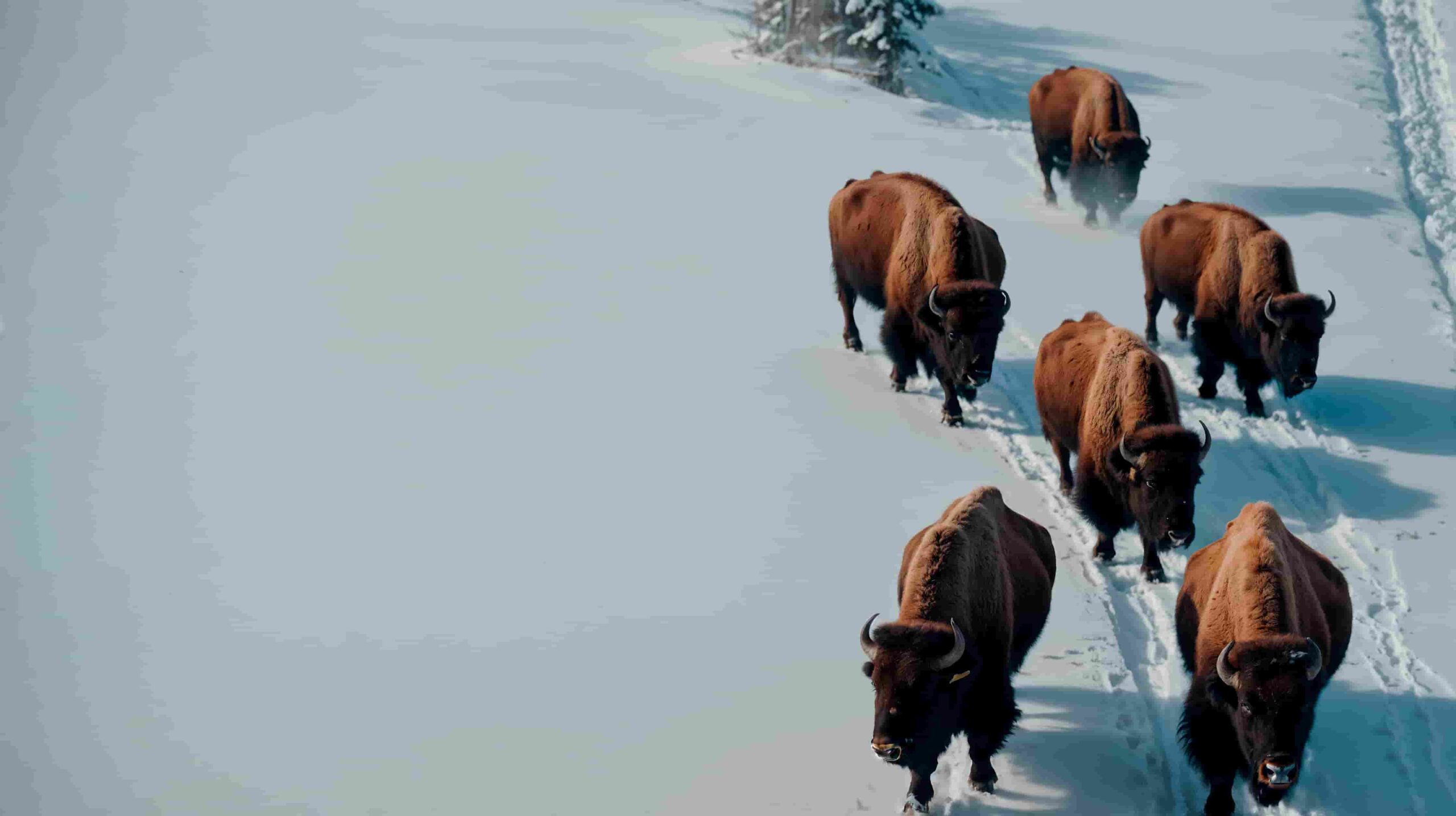Alaska’s wild and rugged landscape is home to some of the most awe-inspiring bear populations on the planet. For beginners, bear hunting in this remote frontier can be both an exciting challenge and a life-changing adventure. This complete guide is designed to help novice hunters navigate the complexities of Alaskan bear hunting, offering detailed information on gear selection, safety protocols, legal considerations, and practical techniques to ensure a successful hunt.
Understanding the Alaskan Bear Hunting Environment
Alaska boasts diverse ecosystems, from dense forests and alpine tundra to vast expanses of open wilderness. These varied environments provide ideal habitats for both grizzly bears and black bears, each with unique behaviors and hunting considerations.
Types of Bears in Alaska
- Grizzly Bears: Known for their impressive size and strength, grizzlies are found in interior and coastal regions. They require a higher level of skill and caution due to their territorial nature.
- Black Bears: More common in the state, black bears are generally smaller and less aggressive than grizzlies, but they can still pose significant risks if provoked.
Season and Location
Bear hunting seasons in Alaska vary by region and bear species. Research local seasons, as regulations can differ between federal, state, and private lands. Beginners should start by choosing areas known for their manageable populations and supportive local communities.
Essential Gear for Bear Hunting
Having the right equipment is critical for both success and safety. Here’s a breakdown of the gear every beginner should consider:
1. Firearm or Bow
- Rifles: For bear hunting, high-caliber rifles such as the .338 Winchester Magnum or .375 H&H Magnum are popular choices due to their stopping power.
- Bows: Some hunters prefer archery, though this method is typically reserved for experienced archers. If you choose bow hunting, ensure your equipment is rated for large game.
2. Ammunition and Accessories
- Ammo Selection: Choose ammunition designed for deep penetration and quick, humane kills. Practice with your chosen ammo to ensure accuracy.
- Sights and Scopes: High-quality optics are essential for long-range shooting in the expansive Alaskan wilderness. Consider scopes with variable magnification and reliable illumination.
- Safety Equipment: Always carry a first-aid kit, a reliable communication device (like a satellite phone), and bear deterrents such as bear spray.
3. Clothing and Personal Gear
- Layered Clothing: Alaskan weather can be unpredictable. Wear moisture-wicking base layers, insulating mid-layers, and durable outer shells.
- Footwear: Invest in sturdy, waterproof boots suitable for rugged terrain.
- Navigation Tools: A GPS unit, topographical maps, and a compass are invaluable for navigating remote areas.
Safety Protocols: Protecting Yourself and Others
Safety is paramount in bear hunting, especially when dealing with powerful animals in harsh conditions. Follow these guidelines to minimize risks:
1. Pre-Hunt Preparation
- Physical Conditioning: Bear hunting in Alaska can be physically demanding. Regular exercise and endurance training will help you handle long treks in challenging terrain.
- Mental Readiness: Understand the risks involved and prepare mentally for unexpected encounters. Attend safety courses and practice emergency drills.
2. On the Field
- Stay Alert: Constant vigilance is crucial. Bears are unpredictable, and even a momentary lapse can lead to dangerous encounters.
- Hunting with a Partner: Never hunt alone. Having a partner increases your safety and provides immediate assistance if needed.
- Safe Shooting Practices: Always ensure your firearm is pointed in a safe direction and your target is clearly identified. Follow the four basic safety rules: treat every gun as loaded, keep your finger off the trigger until ready to shoot, know your target, and keep the muzzle pointed in a safe direction.
3. Encounter Protocols
- If You See a Bear: Maintain calm and slowly back away. Do not run; instead, speak in a firm, calm voice.
- Using Bear Spray: Familiarize yourself with how to deploy bear spray quickly. Practice with it in a controlled environment to ensure you can use it effectively under stress.
- Emergency Plans: Have a clear exit strategy and inform someone of your expected route and return time.
Legal Considerations and Regulations
Bear hunting in Alaska is regulated by both state and federal laws. As a beginner, you must understand and comply with these regulations:
1. Licensing and Permits
- Hunting License: Ensure you obtain the appropriate hunting license for the region where you plan to hunt.
- Species-Specific Permits: Some areas require additional permits for grizzly or black bear hunting. Check with local wildlife agencies for up-to-date requirements.
2. Reporting and Documentation
- Harvest Reporting: Many regions mandate the reporting of any bear harvested during the season. Keep detailed records, including photographs and measurements, to comply with legal standards.
- Tagging: Properly tag any harvested game as required by law. Failure to do so can result in hefty fines or legal repercussions.
3. Conservation Efforts
Responsible hunting supports conservation. Many Alaskan bear hunting regulations are designed to ensure sustainable populations and protect natural habitats. As a beginner, make sure you understand the importance of ethical hunting practices and contribute to conservation efforts by following all guidelines.
Techniques and Strategies for a Successful Hunt
Having the right gear and knowledge is only half the battle. The following techniques will help you increase your chances of success while hunting bears in Alaska:
1. Scouting and Pre-Hunt Surveys
- Research the Area: Study maps, satellite images, and local reports to understand bear activity patterns. Identify likely bear habitats, such as riverbanks, berry patches, or areas with abundant vegetation.
- On-Foot Scouting: Visit the hunting area before the season to familiarize yourself with the terrain. Look for tracks, scat, and feeding signs that indicate bear presence.
2. Choosing the Right Time
- Dawn and Dusk: Bears are most active during early morning and late evening hours. Plan your hunt to coincide with these times.
- Seasonal Patterns: Understand how seasonal changes affect bear behavior. For instance, bears may be more active during pre-hibernation periods when they are feeding heavily.
3. Stealth and Patience
- Move Slowly and Quietly: Minimize noise and sudden movements. Use natural cover to conceal your presence.
- Patience is Key: Bear hunting often requires long periods of waiting. Remain patient and be prepared for extended periods of observation before taking a shot.
4. Taking the Shot
- Aim for Vital Areas: For a quick, humane kill, aim for the bear’s vital organs. Familiarize yourself with bear anatomy and practice your shooting skills regularly.
- Follow Through: Once you’ve taken the shot, monitor the bear’s response. Be prepared to take a follow-up shot if necessary to ensure the bear is incapacitated.
Post-Hunt Considerations
After a successful hunt, several steps remain to ensure safety and proper processing of your game:
1. Field Dressing
- Immediate Field Dressing: Properly field dress the bear as soon as possible to preserve the quality of the meat and reduce the risk of spoilage.
- Hygiene Practices: Use clean tools and follow best practices to avoid contamination.
2. Transport and Storage
- Safe Transport: Ensure the bear is securely transported from the field. Use appropriate containers and secure the load in your vehicle.
- Storage: Once home, properly store the meat by refrigeration or processing it promptly.
3. Reflect and Learn
- Review the Hunt: Take time to review what went well and what could be improved. Continuous learning is vital for future hunts.
- Share Experiences: Join local hunting clubs or online forums to share your experiences and learn from other hunters.
Conclusion
Bear hunting in Alaska is an extraordinary challenge that offers both thrill and adventure. For beginners, this comprehensive guide provides the essential information needed to embark on your first hunt safely and successfully. From understanding the unique environment and bear behavior to selecting the right gear, following safety protocols, and adhering to legal requirements, every aspect is crucial to ensuring a rewarding experience.
By preparing thoroughly, practicing regularly, and respecting the power of the wilderness, you can develop the skills needed to navigate Alaska’s rugged terrain and hunt bears ethically and effectively. Embrace the adventure with caution, determination, and a commitment to continuous learning. With the right approach, bear hunting in Alaska will not only be a test of your abilities but also a journey that deepens your connection with nature and enhances your appreciation for the great outdoors.



